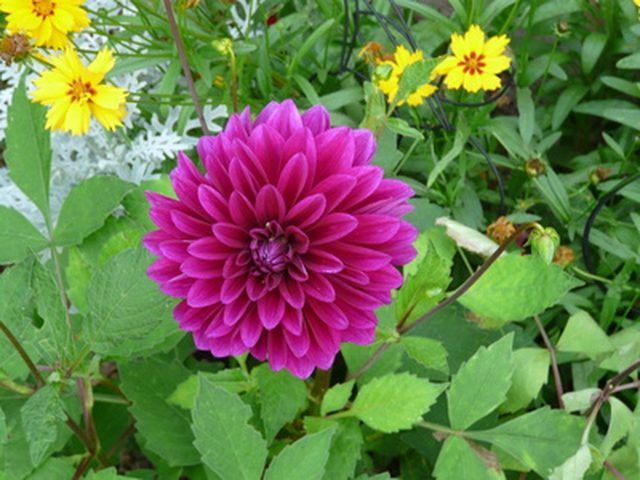Bulbs
Flower Basics
Flower Beds & Specialty Gardens
Flower Garden
Garden Furniture
Garden Gnomes
Garden Seeds
Garden Sheds
Garden Statues
Garden Tools & Supplies
Gardening Basics
Green & Organic
Groundcovers & Vines
Growing Annuals
Growing Basil
Growing Beans
Growing Berries
Growing Blueberries
Growing Cactus
Growing Corn
Growing Cotton
Growing Edibles
Growing Flowers
Growing Garlic
Growing Grapes
Growing Grass
Growing Herbs
Growing Jasmine
Growing Mint
Growing Mushrooms
Orchids
Growing Peanuts
Growing Perennials
Growing Plants
Growing Rosemary
Growing Roses
Growing Strawberries
Growing Sunflowers
Growing Thyme
Growing Tomatoes
Growing Tulips
Growing Vegetables
Herb Basics
Herb Garden
Indoor Growing
Landscaping Basics
Landscaping Patios
Landscaping Plants
Landscaping Shrubs
Landscaping Trees
Landscaping Walks & Pathways
Lawn Basics
Lawn Maintenance
Lawn Mowers
Lawn Ornaments
Lawn Planting
Lawn Tools
Outdoor Growing
Overall Landscape Planning
Pests, Weeds & Problems
Plant Basics
Rock Garden
Rose Garden
Shrubs
Soil
Specialty Gardens
Trees
Vegetable Garden
Yard Maintenance
How to Transplant Dahlias
How to Transplant Dahlias. Dahlias are grown for their impressive flowers. These plants are native to Mexico and produce blooms up to 12 inches in diameter that have a daisy-like appearance. There are also double-petaled varieties. Dahlias are available in every color but true blue, so there is one that is sure to fit into your flower garden....

Dahlias are grown for their impressive flowers. These plants are native to Mexico and produce blooms up to 12 inches in diameter that have a daisy-like appearance. There are also double-petaled varieties. Dahlias are available in every color but true blue, so there is one that is sure to fit into your flower garden. Dahlias are propagated either by seed or root division, but the quickest and simplest way to add dahlias to your garden is to transplant seedlings from a garden center or nursery to your beds.
Things You'll Need
Compost
Fertilizer
Hoe or power tiller
Trowel
Transplants
Stakes
Prepare a well-draining garden bed in full sun once all danger of frost has passed in spring. Lay a 2-inch layer of compost over the bed then apply 2 pounds of 5-10-15 analysis fertilizer per every 100 square feet of bed. Till the compost and fertilizer into the top 8 to 10 inches of the garden.
Dig the planting holes to the same depth as the nursery container and slightly wider. Space the holes three to four feet apart for the giant and tall dahlia varieties and one to two feet apart for all other varieties.
Grasp the dahlia by the stem near the soil surface and pull the pot off the root ball with the other hand. Set the dahlia in the planting hole at the same depth it was in its nursery pot. Refill the hole with soil and lightly compress it around the dahlia with your hands.
Install a 4-foot tall stake behind each tall or giant dahlia variety. Drive the stake six to 12 inches into the ground immediately after planting, as this prevents root damage that may occur later.
Water dahlias immediately after transplanting so any air pockets in the soil around the roots fill in. Continue to water as needed to keep the soil moist but not soggy. Water one to two times weekly until the top 6 inches of soil feels moist when you stick your finger into it.
Tips & Warnings
Begin tying the dahlias to the stake when they are one foot tall. Tie the plants loosely so you don't damage them.
Mulch around the plants with 1 to 2 inches of organic mulch if weeds are a problem in your dahlia bed.
Heavy, waterlogged soils will kill the dahlias. Avoid over-watering and do not plant in areas prone to standing water.